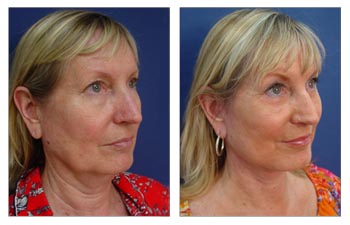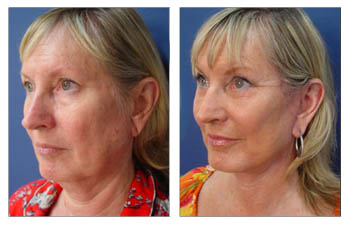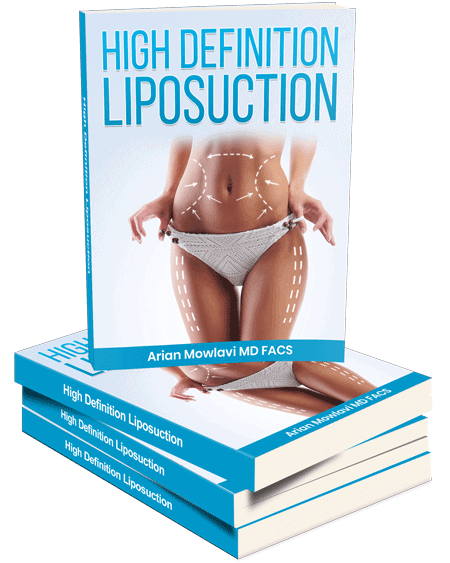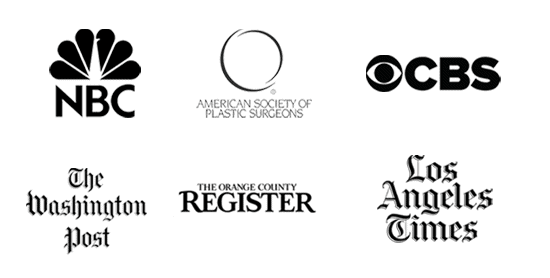





Download Our Surgical Team’s free Liposuction eBook
Attaining the ideal earlobe shape with every facelift is something Our Surgical Team holds in high regard. The earlobe can be described in two components: the attached cephalic segment defined by the intertribal (I) to obasion inferius (O) height, and the free caudal segment defined by the otobasion inferius (O) to subdural (S) height. The two components can be seen below for your reference:
Ideal Earlobe Shape with Every Facelift Components
In one of our studies, we investigated the ideal earlobe shape by surveying North American male and female subjects and then used these results to serve as guidelines for cosmetic earlobe procedures and reconstructions. We asked the subjects to rank different earlobes based on their preference for the ideal earlobe shape with every facelift.
As discussed here (LINK BLOG ABOVE), we found that the ideal earlobe shape has a free caudal lobule height ranging from 1 mm to 5 mm and a cephalic segment length of up to 15 mm. A cephalic segment length over 15 mm was then termed earlobe pseudoptosis.
From this study, a new classification system for earlobe ptosis—defined as the drooping of a lobe greater than 25% of the ear’s overall length—was developed hence
The system of the ideal earlobe shape with every facelift was derived from earlobe height preferences based on the survey referenced above. This classification system will now allow not only for aesthetic earlobe procedures to be more precise but also for the desires of the patient to be better quantified.
Plastic surgeons who does surgery of the ideal earlobe shape with every facelift should be aware that 77.8 percent of earlobes may not possess an ideal otobasion inferius to subdural distance and that 12.3 percent of earlobes may exhibit pseudoptosis.
As such, earlobe height assessment should be an essential aspect of evaluation in patients desiring facial rejuvenation operations.
Furthermore, evaluation of both ears should be performed independently due to the intrapatient variation of earlobe height, thus achieving the ideal earlobe shape with every facelift.
One concern of patients following a facelift is the “pixie” ear deformity, characterized by its “stuck on” or “pulled” appearance. The deformity is defined by an increase in the attached cephalic segment and a decrease in the free caudal segment to 0 mm. In simple terms, the lobe appears to be attached to the face, with no portion hanging freely.
To obtain the ideal earlobe shape with every facelift, we use our classification system described above to achieve the patient’s desired results.
To repair the “pixie” ear deformity, we have developed an accurate surgical treatment that produces the ideal earlobe shape with simple triangular excision.
In summary, the use of the classification system for the ideal earlobe shape is necessary for every facelift to achieve optimal earlobe appearance.
Here is a 65 year old female following her face and neck lift with Our Surgical Team.

